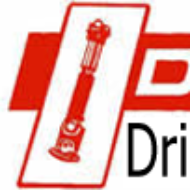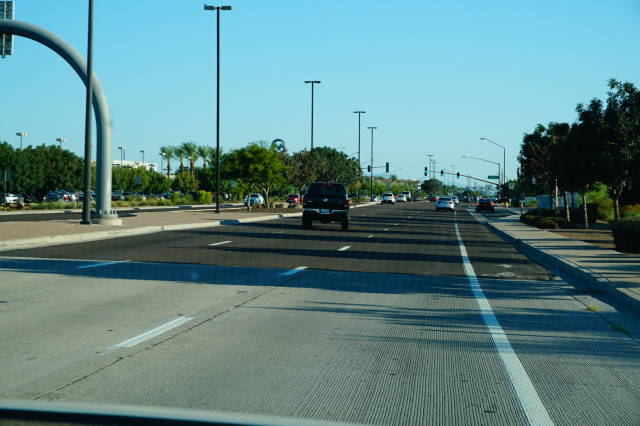Mesa Car Issues
When scheduling an inspection for your vehicle’s rear axle in Mesa, AZ, front axle, CV joints, and driveshaft components, there are certain signs you should look out for. The weather in Arizona and Mesa can play havoc on car parts. A damaged CV joint can be identified by clicking or clunking sounds from the front wheel areas. A damaged driveshaft could be the cause of vibrations when you accelerate, but they can also indicate an issue with your axle depending on how it is laid out. A problem with your driveshaft could also cause steering and turning problems.
Gilbert Car Issues
When grease is leaking from a damaged CV boot, CV joints may become unsound. You can determine how fast your axle, CV joint, and driveshaft components wear over time by a variety of factors. Contact a good car repair to find out more information about maintenance intervals for axle assemblies, such as main driveshafts and CV joints.
The performance and driving ability of your car’s vehicle is dependent on its axle, CV joint, and driveshaft components. The driveshaft is a round steel shaft connecting the transmission and the rear differential. For front wheel drive cars the CV joints connect to the transmission. These are responsible for transmitting torque at a constant speed from the transmission to the drive wheels. The CV joints are used on front-wheel drive vehicles. The CV joints enable the axle to change and bend while still accommodating the wheel’s bounce. It supports the vehicle’s weight while being strong enough for braking or acceleration. Your vehicle’s CV joint, axle and driveshaft components can wear down over time.
Vibrations While Driving
They can cause serious problems in vehicle reliability, safety, and ride quality. Wearing drive shaft components can cause vibration problems, which are also called ride disturbances. These include a worn universal joint (U-joint), worn joint, worn support structure, worn carrier bearing, or worn slip joint. A poorly made driveshaft/driveshaft component is another factor that can cause vibrations. As more companies make these components, this is an issue in the industry.
There are usually no drive shafts in front-wheel-drive vehicles. They aren’t called this. These shafts are also known as Constant Velocity shafts or CV shafts. These shafts are sometimes referred to also as half shafts or drive axles. One CV shaft runs from one side of the transmission towards the right wheel, and the other CV shaft runs from one side to the left. There are 2 CV Joints on each shaft, making a total of 4 CV joints. Maintenance and repairs are common for CV joints.
Clicking Sounds in Car Driveline
A clicking sound coming from your car’s front when you turn a corner is another sign that your CV joint has gone bad. The clicking sound is a sign that the CV joint has been neglected for a while and has become very serious. You should get your vehicle serviced immediately. This symptom eventually will make you stop driving.
To ensure a properly balanced driveshaft, both the torque from the engine or transmission and the shaft’s speed must equalize. A properly balanced driveshaft can ensure smooth operation of the driveline and prevent dangerous and damaging effects from an out-of-balance driveshaft. The manufacturer will indicate the speed at which driveshafts should be balanced. If the driveshaft speeds exceed a certain speed, it can fail. This is due to an unstable amount of RPMs. The rate at which the length and the diameter of the driveshaft are determined. The most obvious sign that the driveshaft and other rotating parts are out of balance is vibration. If you feel vibrations coming from the vehicle’s drive shaft, please contact us right away so that our technicians can determine what the problem is and how to fix it. Our team is known for providing excellent customer service as well as expert advice regarding basic driveshaft maintenance.

